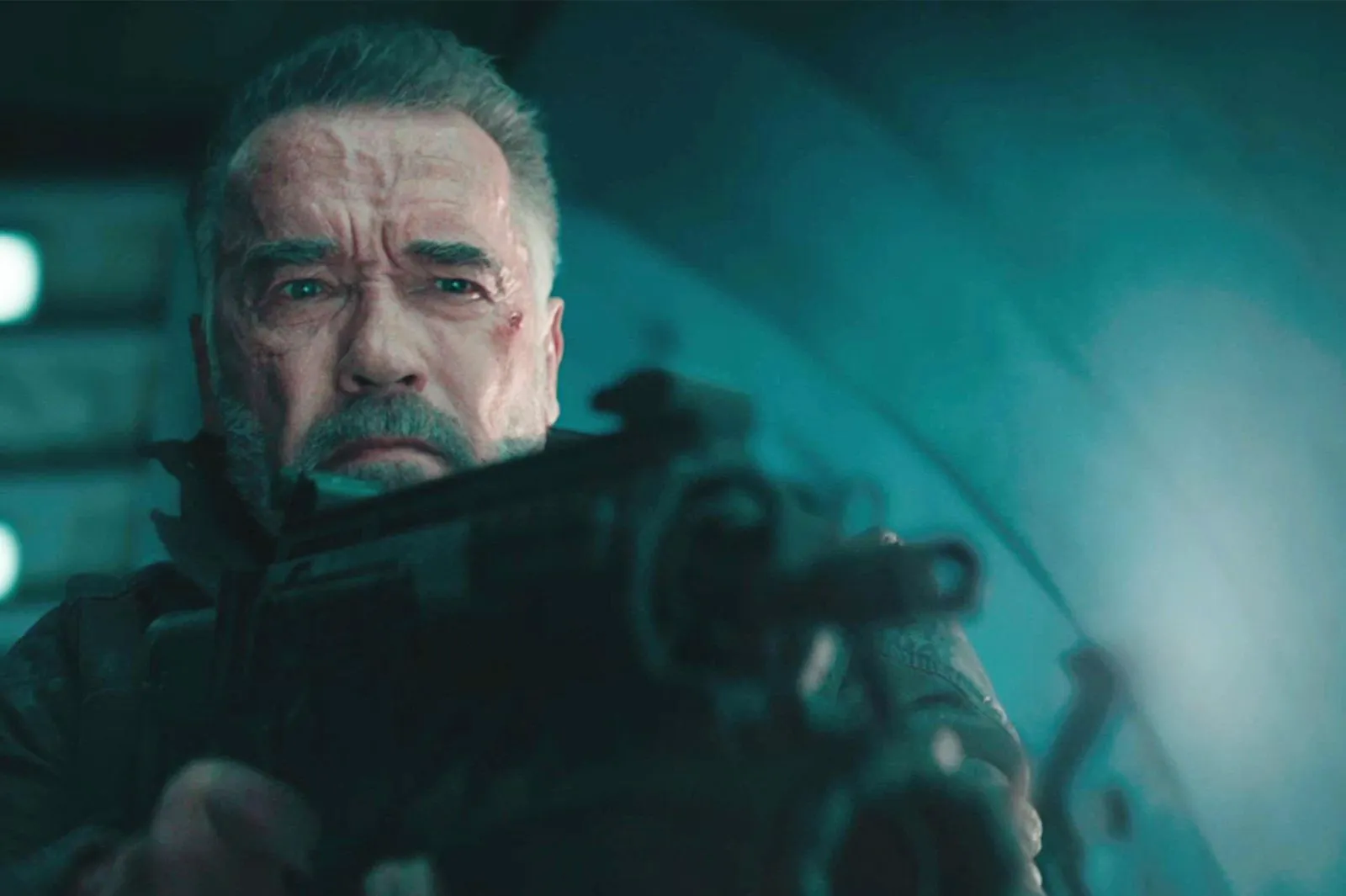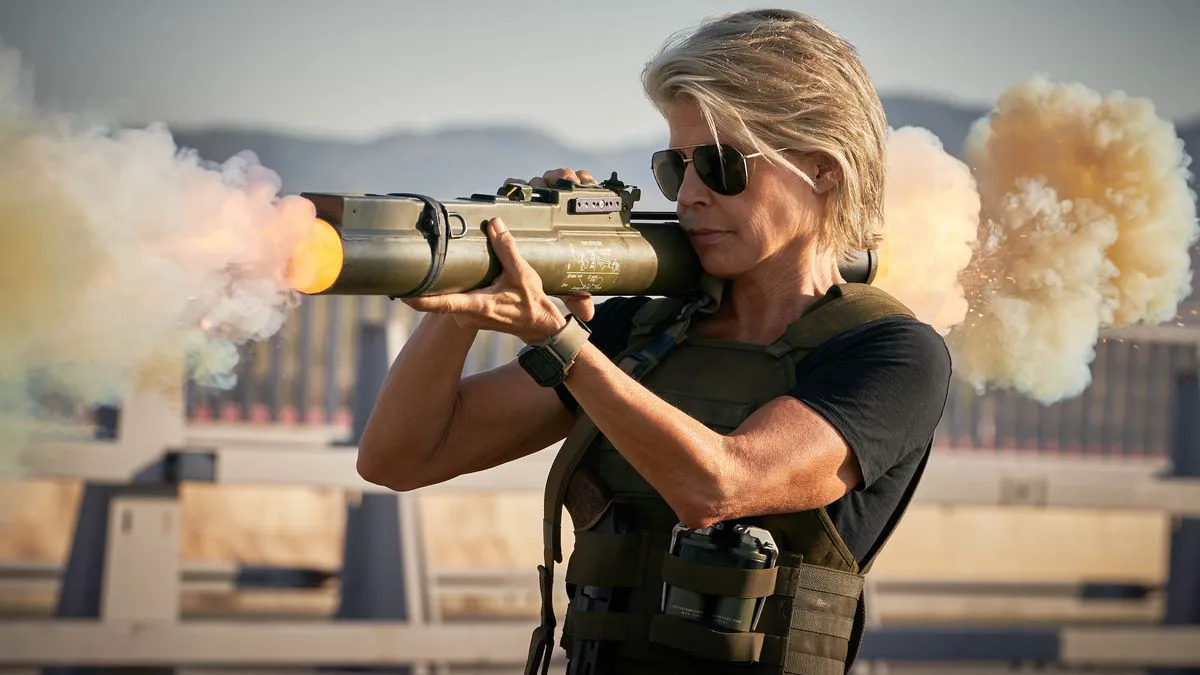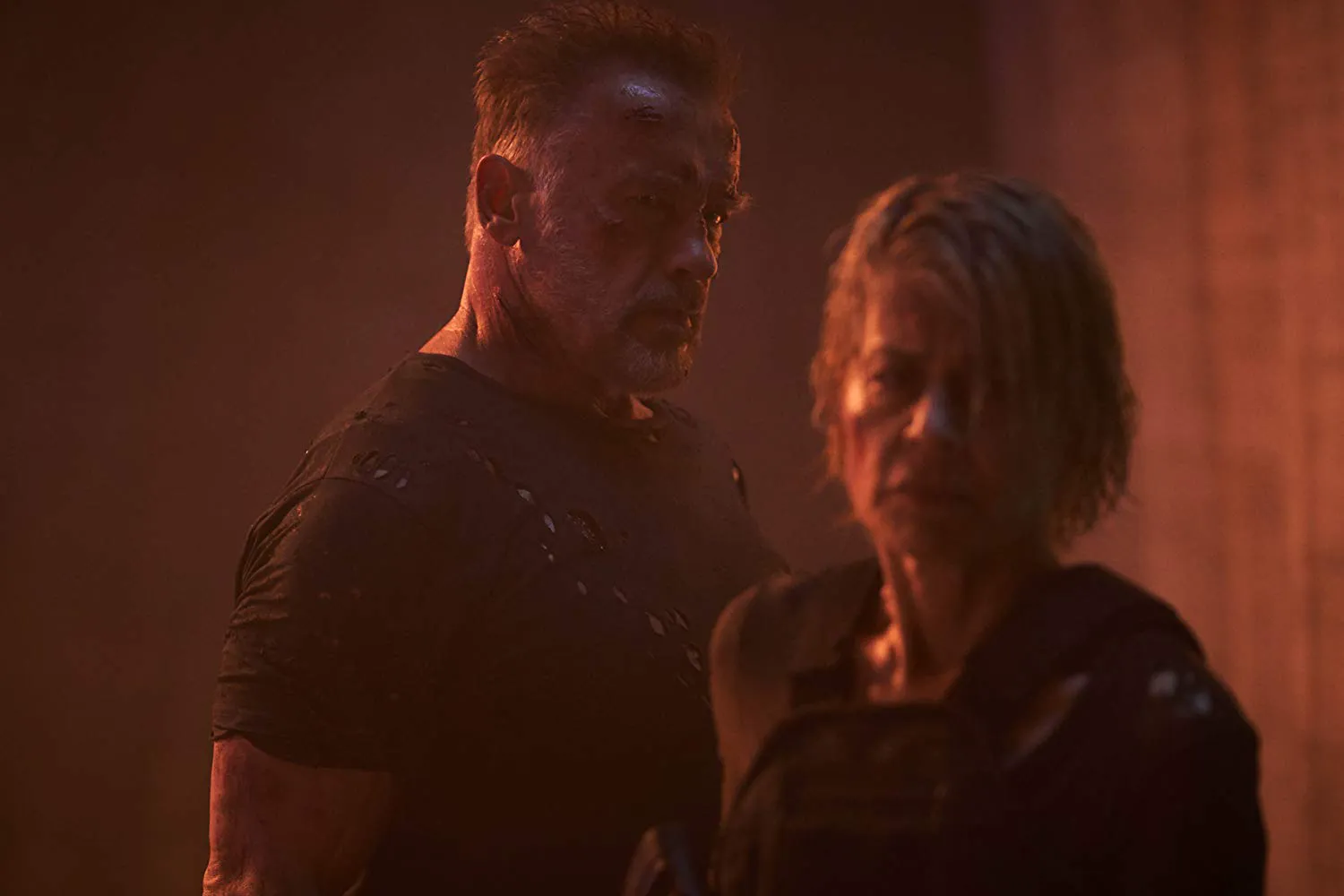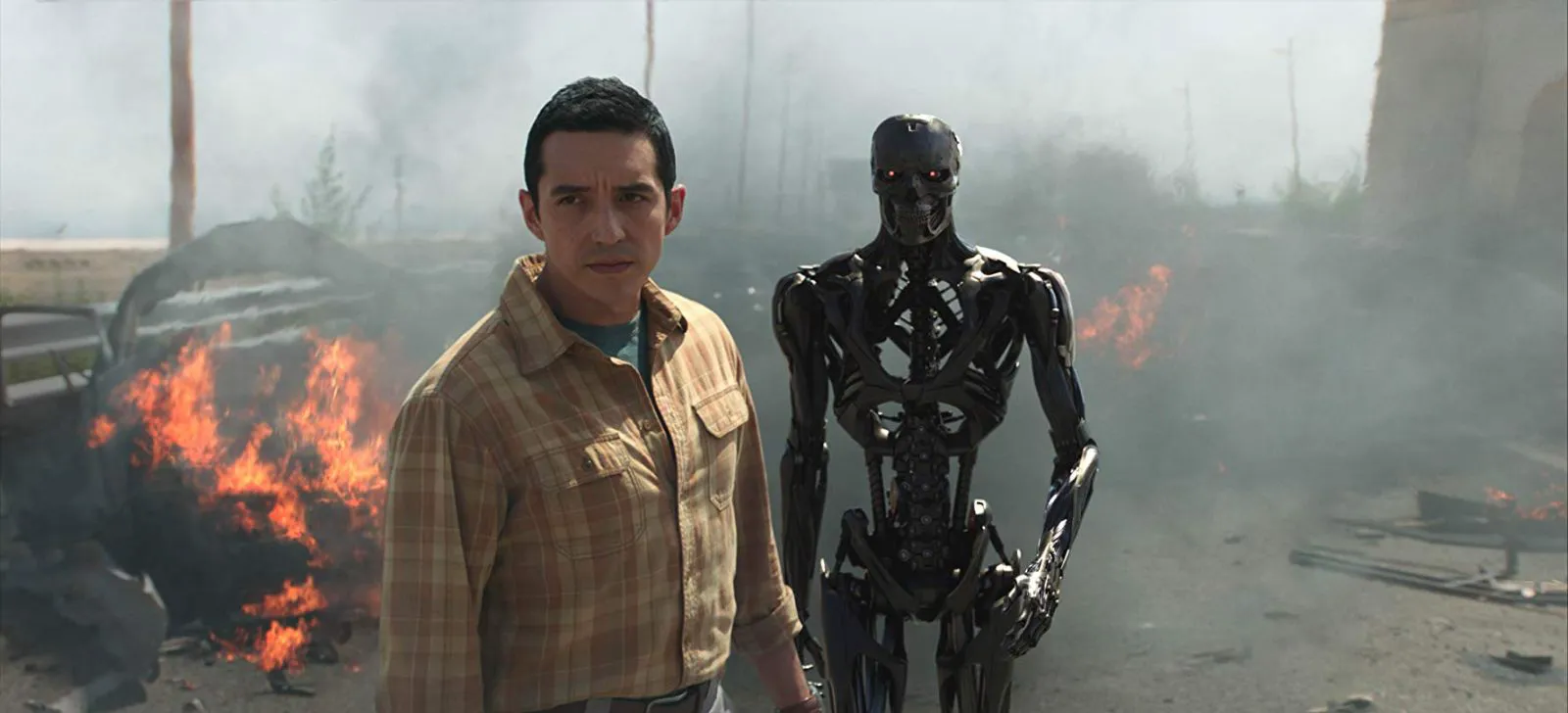Terminator: Dark Fate - A Cybernetic Simulacrum?
In the bustling streets of Mexico, Dani Ramos (Natalia Reyes) leads an ordinary life until a next-generation Terminator (Gabriel Luna) arrives with a singular, deadly purpose: to eliminate her. Amidst the chaos, Dani finds unlikely allies in Grace (Mackenzie Davis), a cyborg soldier from the future who provides a crash course in her predicament, and a battle-hardened Sarah Connor (Linda Hamilton), who emerges from the shadows. Together, they must evade the relentless Terminator and decide whether to flee or fight.

For nearly three decades, studio executives have grappled with the challenge of revitalizing the “Terminator” franchise, a series that began with two exceptional films that arguably needed no further installments. Yet, sequels have emerged with unwavering regularity, consistently failing to resonate with audiences. “Terminator 3” was criticized for undermining the themes established by James Cameron, “Salvation” for sacrificing story for visual spectacle, and “Genisys” for its very existence. Despite numerous attempts, the franchise has struggled to recapture its former glory, with the “RoboCop versus Terminator” comic by Frank Miller remaining the most noteworthy “Terminator” related work since 1991.

Now, after years of wandering in the wilderness, the rights to the franchise have returned to James Cameron, the visionary who started it all. However, preoccupied with the “Avatar” sequels, Cameron has entrusted the directorial reins to Tim Miller, known for “Deadpool,” while offering motivational support from behind the scenes. His pronouncements, such as “This is an amazing sequel” and “The continuation we’ve been waiting for,” echo similar sentiments he expressed about “Genisys” five years prior, raising cause for concern.

A Hodgepodge of Tropes
“Dark Fate,” intended to recapture the spirit of the original films, instead feels like a collection of tropes and plot devices borrowed from the less successful sequels. Like “Rise of the Machines,” it directly follows “Terminator 2,” reigniting the conflict between humans and Skynet (or a Skynet substitute, accompanied by a moral about humanity’s inability to learn). Similar to “Salvation,” it features scenes set in a post-apocalyptic future. From “Genisys,” it inherits comedic references and postmodern humor. One might assume that the team of screenwriters (including Cameron and David S. Goyer) aimed to incorporate the best elements from previous installments into a cohesive story. However, the result is a jumbled mess, a “Terminator” in a vacuum, a cybernetic simulacrum that is disjointed, confusing, and offers only a superficial understanding of the franchise’s history.

Echoes of the Past
The film shares only a superficial resemblance to Cameron’s original films, simultaneously copying the first and second installments by blending themes of predestination with the story of an ordinary woman thrust into extraordinary circumstances. However, instead of Sarah Connor, we have Dani Ramos, a heroine for a new era, whose transformation is intended to reflect the evolving representation of strong female characters in cinema. While the intention is commendable, the execution falls short. Midway through the film, “Dark Fate” reveals a twist: Dani is not the mother of the Messiah, but the Messiah herself, bearing the future of humanity on her shoulders.

This revelation, delivered with excessive fanfare, fails to resonate because the audience is not given the opportunity to connect with the character emotionally. Furthermore, the film struggles to decide whether to prioritize innovation or fan service. It often relegates the new characters to the background, favoring the established veterans, and ultimately grants the “final blow” not to Dani or Grace, but to the grizzled Schwarzenegger. The best jokes are reserved for him, while the one-liners are given to the aged Sarah Connor. The problem is not the film’s attempt to address contemporary issues, but its inability to fully commit to its own ideas, preferring to hide behind safe references.

Undermining the Legacy
“Dark Fate” commits the cardinal sin of sequels: undermining the emotional impact of its predecessor. In its opening scene, Miller’s film declares that the events of “Terminator 2” were in vain, the future remains unchanged, and John Connor is killed (in a cruel twist, right in the middle of the deleted happy ending from the second film). This raises questions about the film’s decision to disregard the sequels after “Terminator 2” while simultaneously committing the same sins that made those sequels unpopular. Ultimately, “Dark Fate” is likely to fail, and it too will be ignored, becoming another phantom sequel, existing and not existing simultaneously.

Perhaps the most pressing question is how modern directors, with all the technological advancements at their disposal, consistently produce films that look worse than Cameron’s 1991 masterpiece. Tim Miller struggles with both action cinematography and computer graphics. Where Cameron delivered innovative effects that still hold up remarkably well, “Dark Fate” is plagued by artifice. Any scene involving CGI characters resembles a cutscene from a PS2 game. While the film occasionally attempts to impress with grand concepts (notably in the airplane crash scene, seemingly inspired by Uncharted 3), it lacks the directorial skill to transform these ideas into a visually stunning spectacle.
The conflict between two machines is inherently uninteresting and lacks high stakes. We know that the heroes cannot die permanently, and the Terminator cannot be easily defeated without a deus ex machina. To make such a scenario compelling, a film must either build suspense and fear of an inevitable evil (like the first “Terminator” or “Alien”) or transform into a parade of inventive action scenes (like “Terminator 2” or “Predator”). “Dark Fate” does neither. It is not frightening, not lively, and not even bad enough to be entertaining. It simply exists, at least until the next sequel ignores it as well.